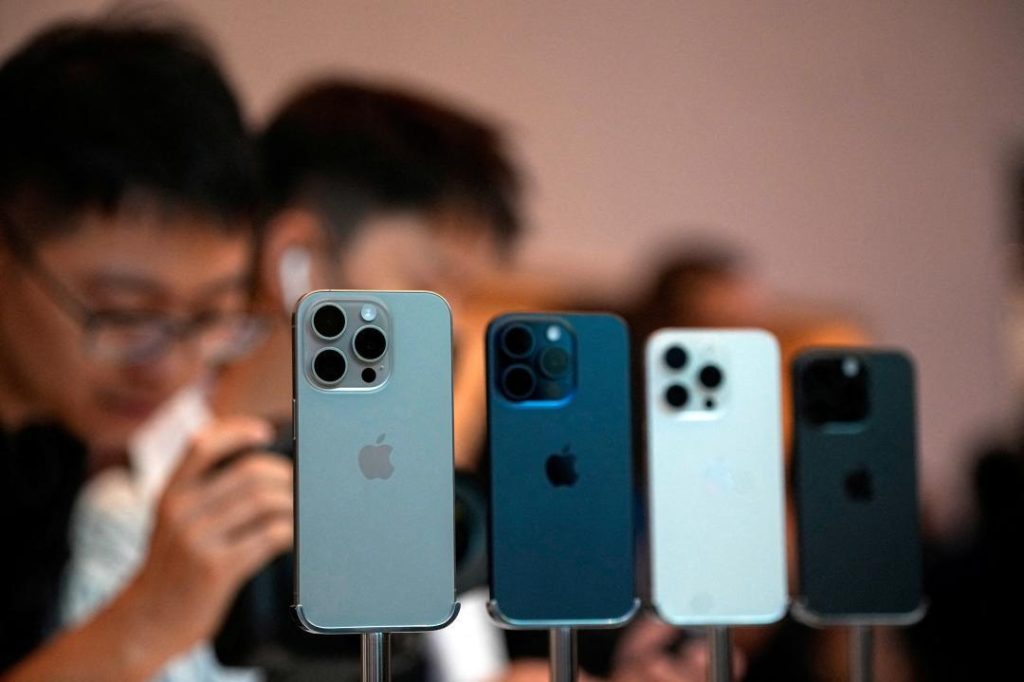
How Much Does it Cost to Make an iPhone? And How May it Change due to US Tariffs?
The iPhone, one of the most popular and influential smartphones of our time, is a marvel of modern technology. But have you ever wondered how much it costs Apple to make one? In this blog post, we’ll delve into the details of the iPhone’s manufacturing cost and explore how the recent US tariffs may impact its price.
According to a recent report by Moneycontrol, Apple spends around $580 (over ₹50,000) to manufacture a 256GB iPhone 16 Pro. This cost is broken down into several components, including the A18 Pro chip, rear camera systems, and display. Let’s take a closer look at each of these components and their respective costs:
- A18 Pro chip: $90.85
- Rear camera systems: $126.95
- Display: $37.97
These costs add up to a total of $254.77, which is approximately 44% of the total manufacturing cost. The remaining 56% is attributed to other components, such as processors, memory, and storage, as well as labor and overhead costs.
Now, let’s talk about the US tariffs. As you may know, the US government has imposed a 54% tariff on Chinese imports, including electronics. Since many iPhones are assembled in China, this tariff would apply to the entire manufacturing cost. This means that the cost of making an iPhone would increase by 54%.
Using the same example above, if we apply the 54% tariff to the manufacturing cost, the total cost would rise to around $847 (approximately ₹73,400). This is a significant increase of $267 (approximately ₹23,000) or 46% over the original cost.
But how would this impact the consumer? Well, it’s likely that Apple would pass on some or all of these increased costs to the consumer in the form of higher prices. This could mean that the next generation of iPhones would be more expensive than expected.
In fact, some analysts believe that the US tariffs could lead to a price increase of up to 10% for the next iPhone models. This could mean that a 256GB iPhone 16 Pro could cost upwards of $630 (approximately ₹55,000) or more.
But what about the impact on Apple’s bottom line? According to a recent report by Bloomberg, the US tariffs could cost Apple around $5.5 billion (approximately ₹49 billion) in additional expenses this year alone. This could have a significant impact on Apple’s profitability, especially if the company is unable to pass on these increased costs to consumers.
So, what’s the takeaway from all this? The cost of making an iPhone is complex and dependent on a variety of factors, including component costs, labor costs, and tariffs. While the US tariffs may not have a significant impact on the overall cost of making an iPhone, they could lead to higher prices for consumers.
As technology continues to evolve and new innovations emerge, it’s likely that the cost of making an iPhone will continue to change. But one thing is certain – the iPhone remains one of the most popular and influential smartphones on the market, and its impact on our daily lives will only continue to grow.
Source:






